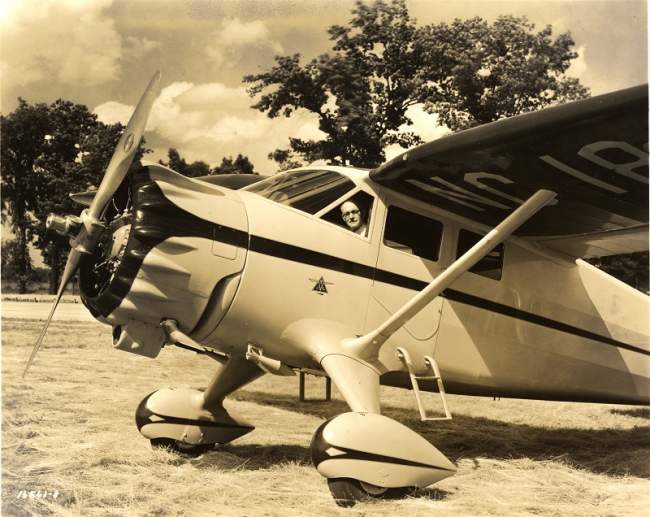Hello Lt. Dan:
I read your commentary in today’s Detroit News and I like your enthusiasm about Packard. In fact, my mother worked at Packard during the war inspecting parts that went into the aircraft engines. Two of her best friends worked there too [[still living) and I am proud to call them my “aunts.”
http://www.detroitnews.com/article/2...xt|FRONTPAGE|p
However, there is one, glaring factual error in your commentary. You said, “Macauley and his chief engineer, Jesse Vincent, had never made aircraft engines in their lives.” That statement could not be farther from the truth.
Jesse Vincent co-designed the “Liberty Engine” in 1917 used in aircraft during World War I. It was a modular design so that ANY supplier could produce parts for it and easily repaired in the field. The US needed so many engines that besides Packard they were also made Lincoln, Ford, Cadillac, Buick and Marmon. That V-12 engine, from concept to creation took a total of about 90 days. That would be difficult to do even today.
Packard also designed and built a diesel, radial engine called the DR-980. About 100 engines were produced and in 1931, Water Lees and Fred Brossy set a record for time aloft or 84 hours and 32 minutes without refueling. This record was not broken until 55 years later by Burt Rutan in his Voyager aircraft. You can see a photo of Water Lees – it is #16 of 50 in the photo section of the Detroit News commentary.
Michigan’s first commercial airport, Packard Field, opened at Gratiot Avenue and Frazho Road in 1919. A photo is attached. In 1927 Packard opened up the Proving Grounds in Utica [[Shelby Twp), MI that included a landing strip and a test hanger. The hanger was moved from the infield of the test track and can still be seen today.
So, yes – Packard and Jesse Vincent [[an avid pilot - photo of him in his Stinson Detroiter at the PPG is also attached) were HIGHLY experienced at aircraft engine design and manufacture prior to taking on the Merlin engine in World War II.

Results 1 to 25 of 26
Hybrid View
-
July-12-12, 09:10 AM #1
 DetroitYES Member
DetroitYES Member
- Join Date
- Jan 2010
- Posts
- 645

-
July-13-12, 10:53 AM #2
 DetroitYES Member
DetroitYES Member
- Join Date
- Jan 2010
- Posts
- 161
Welcome to DetroitYES! Kindly Consider Turning Off Your Ad BlockingX
DetroitYES! is a free service that relies on revenue from ad display [regrettably] and donations. We notice that you are using an ad-blocking program that prevents us from earning revenue during your visit.
Ads are REMOVED for Members who donate to DetroitYES! [You must be logged in for ads to disappear]
Ads are REMOVED for Members who donate to DetroitYES! [You must be logged in for ads to disappear]
DONATE HERE »
And have Ads removed.
And have Ads removed.







 Reply With Quote
Reply With Quote



Bookmarks